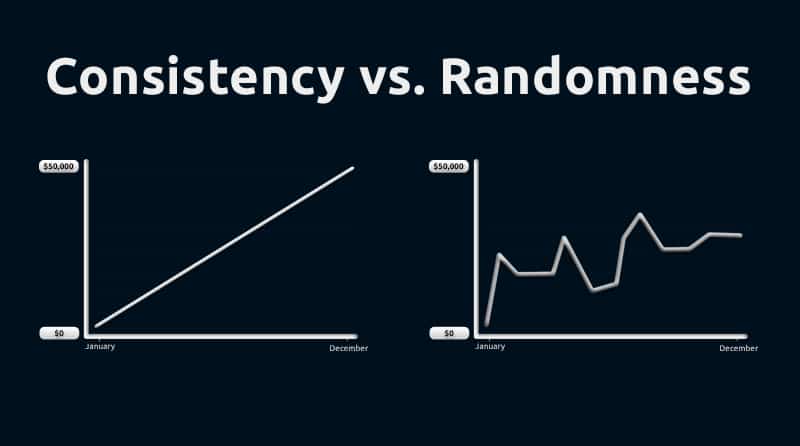The Joint Commission on Accreditation of Healthcare Organizations (JCAHO) sends shivers down the spine of health care workers and sends everyone running to lock med cabinets, cap IV lines, post all necessary signs, answer all questions with "Let me find that out for you" and cross all their T's and dot all their I's. But, wouldn't you rather be a patient at a hospital that was accredited by JCAHO?!
That's like going to a restaurant that is not approved by the Health Department. I was at a very popular Chinese restaurant in California years ago. When we were standing in line a huge cockroach came from the back and walked through the restaurant. Everyone just put their feet up on the table supports as a little old lady from the back came out with her rolled up newspaper and killed it. I can tell you that it didn't stop anyone from eating there.... including me and my friends!
Things would be different for me now though! And, I certainly would not want to be a patient in a hospital that doesn't take safety and responsibility seriously.
The Joint Commission standards include topics such as cleanliness, medication safety, surgical safeguards, patient identifiers, quality improvement policies, infection control and medical response and alarms. Each one of these topics equates to patient safety and reduction in medical errors.
The math is simple, A (quality improvement) + B (Standards/Accreditation) = C (patient safety). Okay so this equation doesn't really have a positive outcome, but you get the idea.
I have spent the semester learning about how to provide the safest and best quality of care to my patients by striving to learn more on a regular basis, being knowledgeable about procedures and patient safe handling, and abiding by the rules and protocols set up for health care professionals. Accreditation puts a seal of approval on a hospital's activities to let the patient know that the hospital they are trusting with their care is doing all they can to provide the best care.
It has been a great semester of learning and focusing on patient care as a trusted and important responsibility, not just another job. What a great opportunity we have as nurses to make a difference in the lives of others by taking our responsibilities seriously and always providing patient-centered care and focusing on the patient perspective. It has been so helpful to read through class material, especially case studies and be reminded of how important it is to stay alert on the job.
Thanks for a great semester!!! I can't believe I'm almost there!!!




